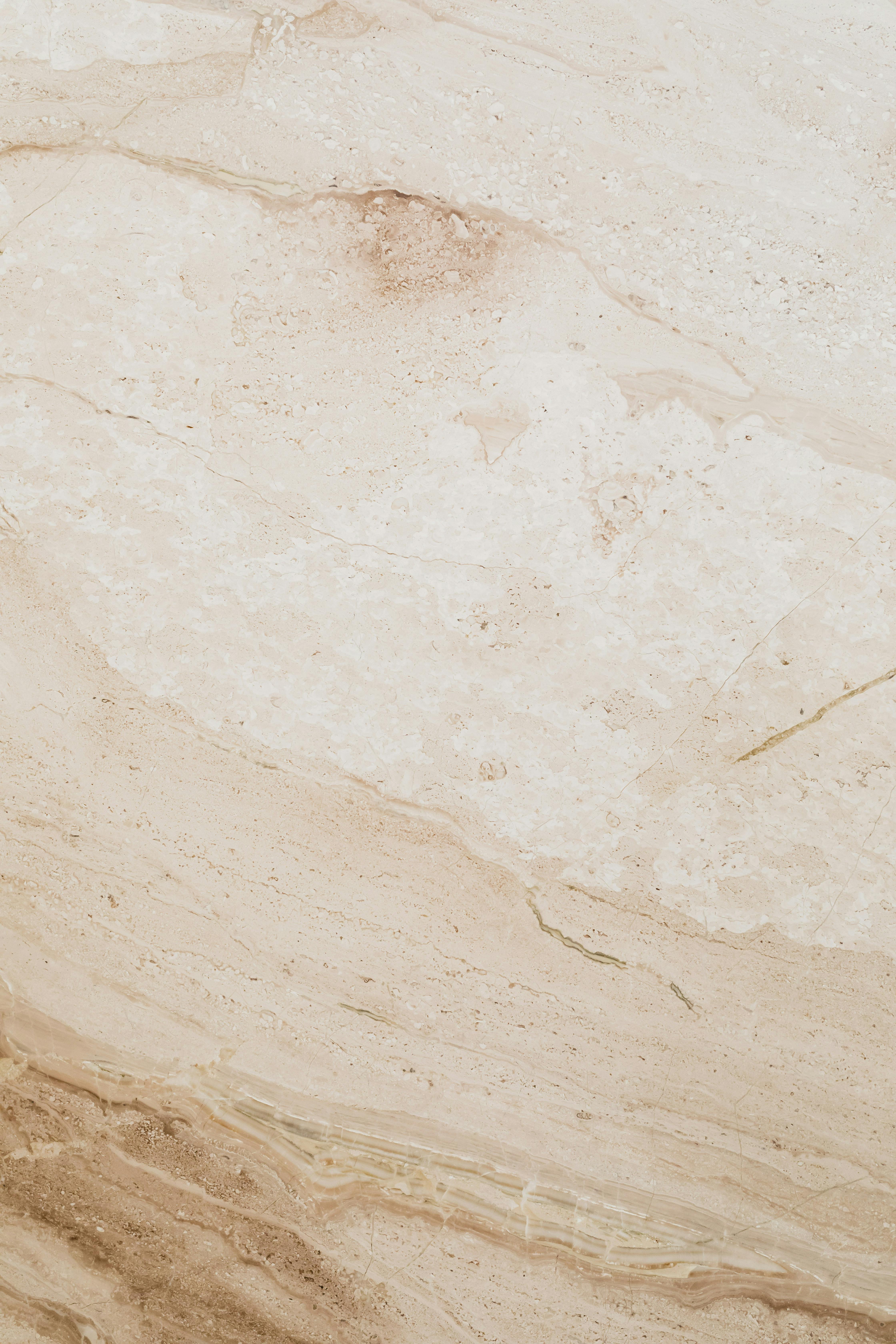
How to Effectively Make Cornhole Boards: Essential Tips and Tricks for 2025
Cornhole, a popular outdoor game enjoyed by all ages, is not only a fun pastime but also a chance to demonstrate your DIY skills by learning how to make cornhole boards. Whether you're planning a backyard party, get-together, or a competitive tournament, building your own cornhole boards can be rewarding. This comprehensive guide will walk you through essential tips, tricks, and techniques for achieving your ideal cornhole setup.
Choosing the Right Cornhole Board Materials
The first step when learning how to make cornhole boards is selecting the materials to use. **Wood** is the most common choice for cornhole boards, particularly **plywood** or **MDF**, offering durability and an excellent playing surface. Each material has its pros and cons; **MDF boards** are heavier, while plywood is often lighter and easier to transport. When constructing your cornhole boards, be sure to select high-quality wood that can withstand outdoor conditions. Additionally, consider factors such as **cornhole bag dimensions** and weight when selecting materials, as these will influence gameplay experience.
Evaluating Cornhole Board Construction
Understanding the cornhole board construction process is key to a successful DIY project. A traditional regulation cornhole board measures **24 inches by 48 inches**, with a hole of 6 inches in diameter centered 9 inches from the top. Ensure that you follow these **cornhole board dimensions for regulation** to qualify for competitive play. Both the height and elevation of your boards should be 12 inches off the ground at the front edge, with a gradual slope to the back. This design allows for optimal gameplay and scoring.
Durability and Weather Resistance
To enhance the longevity of your boards, prioritize the application of protective coatings. A good cornhole board finishing technique involves using an exterior paint or water-resistant sealant, which keeps moisture at bay and prevents warping. Moreover, consider weatherproof cornhole boards for regions with variable weather. These boards may require a bit more upfront investment but can save you money in the long run with minimal maintenance. When designing your boards, also factor in **cornhole board upkeep**, including occasional cleaning and re-sealing, to maintain their aesthetic appeal and functionality.
Perfecting Your Cornhole Board Design
Your cornhole board design will play a significant role in your enjoyment of the game. Many players opt for personalized designs that reflect local sports teams or seasonal themes. **Painting** and applying graphics to your boards can elevate their aesthetic value. Before you start is a good idea to sketch your design on paper or use a **cornhole board plans template** to visualize the final product. Consider researching current cornhole design trends that can help inspire creativity while keeping within classic styles.
Cornhole Board Painting Techniques
A successful paint job can transform your cornhole boards into artistic pieces. First, properly sand the surface to ensure paint adheres correctly. Then, use **primer** to create an even base. Choose high-quality outdoor paint—using weather-resistant options increases your boards’ lifespan. For more intricate designs, consider stencils or decals. Upon completing your cornhole board graphics, be sure to apply a clear coat to protect the artwork from wear and tear.
Combining Function with Style
Integrating style with functionality is key when crafting your cornhole boards. Use durable construction materials to build boards that not only look good but will withstand the rigors of an outdoor game. **Cornhole bag colors** can also be coordinated with your board's design for an aesthetically pleasing theme. An eye-catching design can make your cornhole game setup a conversation starter while ensuring a fun and welcoming atmosphere at backyard parties.
Assembling Your Cornhole Boards
Assembling your boards may seem daunting, but with proper guidelines, you can end up with excellent results. Begin by cutting the wood to the specified dimensions from your blueprint or Diy cornhole board tutorial. It's essential to secure both the top and bottom of the boards using screws to enhance stability. Lastly, remember to attach the **cornhole board legs** so that your boards can stand at the correct angle. The assembly should be done carefully to ensure that the boards don't wobble during play.
Cornhole Board Legs and Elevation
When constructing legs for your cornhole boards, opt for adjustable legs for easy transportation and storage. The legs should securely fold and feature robust hinges to allow easy transport without reducing stability while playing. You may also want to check the highest and lowest points in lifting angle functionality to see if the predetermined elevation helps in gameplay. Maintaining proper cornhole board elevation** is key to a good playing experience, allowing players to throw accurately without obstruction.
Ensuring Safe Gameplay
It’s important to consider safety when constructing cornhole boards. Be cautious with sharp tools and edges during assembly, and ensure that surfaces are smooth. Players should be aware of their surroundings while playing to minimize accidents or injuries. Total weight matters when thinking about safety as well. A board that is too heavy can cause injury while trying to handle it, especially for younger players. Knowing the ideal cornhole board weight allows players of various ages to participate and enjoy.
Cornhole Game Setup and Variants
An optimal cornhole game setup begins with the correct placement of your boards. Aim for a distance of 27 feet apart for traditional tournaments, although the distance can be adjusted for casual play. If playing indoors, ensure sufficient space, including clearance for throws. Furthermore, familiarize yourself with cornhole rules for beginners**, including scoring and team play to provide a fun atmosphere for all participants.
Exploring Cornhole Game Variants
While the classic cornhole format is widely recognized, numerous variants can add excitement to your gameplay. Some alternatives include incorporating special scoring rules, tiered elevations, or even team gender ratios. Exploring these variants can whet your appetite for competition while developing unique strategies that improve your gameplay. To learn more about these fun twists, follow cornhole game tournaments in your area!
Maintaining Your Cornhole Game Setup
Lastly, as you embark on your cornhole journey, don't neglect cornhole game maintenance tips**. Regular upkeep of both boards and bags will ensure longevity and prevent mishaps during play. Consider investing in protective covers for the boards to guard them against rain when not in use, and keep the corn bag fibers fluffier by air-drying after each use. Consistent maintenance maintains peak performance and enhances your enjoyment throughout the game.
Key Takeaways
- Understanding cornhole board dimensions ensures compliance with tournament rules.
- Prioritize durable materials and protective finishes to prolong your boards’ lifespan.
- Creatively decorating your boards enhances their appeal and personal connection.
- Safety during construction and gameplay is crucial for a positive experience.
- Routine maintenance keeps your cornhole boards and gear in optimal condition.
FAQ
1. What materials should I use for DIY cornhole boards?
The best wood for cornhole boards is typically plywood or **MDF** due to their strength and durability. Plywood is lighter, whereas Medium Density Fiberboard can be more robust. Ensure your materials are weather-resistant if you plan to use your cornhole boards outdoors regularly.
2. What are the official cornhole board dimensions?
Regulation cornhole boards measure **24 inches wide by 48 inches long**. The hole should have a diameter of **6 inches**, and it must be located **9 inches** from the back of the board, with the front edge standing **12 inches** off the ground.
3. How can I paint my cornhole boards effectively?
To paint cornhole boards, begin by sanding the surface and using primer. High-quality outdoor paint should be applied, followed by a protective clear coat for weather resistance. Consider utilizing stencils for unique designs. Always ensure proper ventilation while painting.
4. What are common cornhole game strategies?
Effective cornhole strategies include targeting the hole consistently, practicing your throwing technique for accuracy, and mastering shooting angles. Team communication is also vital to coordinate plays and maximize scoring opportunities during competition.
5. Are there alternative cornhole board designs?
Yes! There are various cornhole board designs available, including themed graphics, personalized names, and kid-friendly patterns. DIY cornhole board kits also provide templates and materials to foster creativity in your designs.
6. How can I store my cornhole boards?
Storing cornhole boards properly requires finding an area protected from moisture and physical damage. Using custom covers can help shield them from dust, rain, or UV rays, which can warp and degrade the materials over time.
7. How do I maintain my cornhole boards?
Regular maintenance includes cleaning the surface to remove dirt or debris, reapplying protective coatings as needed, and inspecting for any signs of wear or damage. Proper upkeep will ensure both safety and longevity of your cornhole setup.

